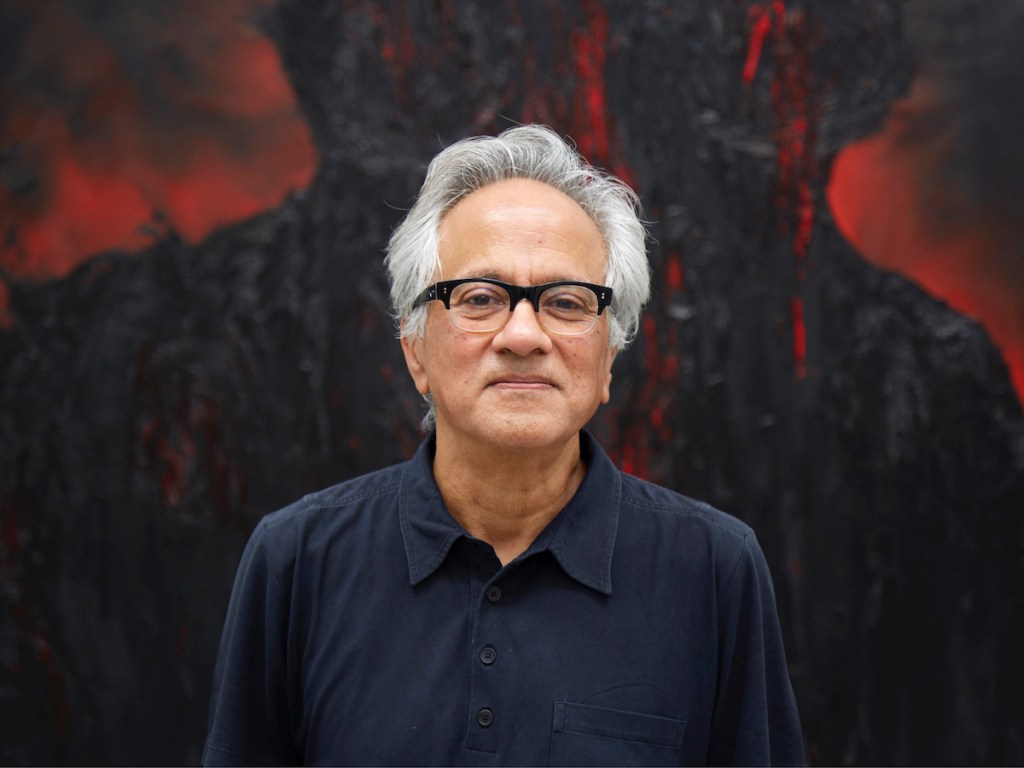The Headlines
VAULTING GULF AMBITIONS. As Qatar expands its cultural ambitions with plans for a major museum of international modern and contemporary art and the launch of its own Art Basel fair, it is also gearing up to open the Gulf region’s largest full-service art storage and logistics facility. As ARTnews reports, the project is a partnership between QC+, a strategic partner of Qatar Sports Investments (QSI) and Art Basel, and Gulf Warehousing Company (GWC). The new complex will offer secure storage, conservation services, and private viewing rooms for collectors and institutions. Located near Hamad International Airport within a designated free zone, the facility will allow artworks to be stored and traded without entering Qatar’s customs territory, similar to established freeports in Geneva, Luxembourg, and Singapore. QC+’s CEO, Kirstin Mearns, linked the initiative to the maturing regional market, saying, “The Gulf is no longer an emerging market for art—it is a global player.” GWC acting group CEO Matthew Kearns called the project “a new benchmark for integrated art infrastructure.” Full-service storage has become a hallmark of rising art markets: South Korea announced one in 2023 following Frieze Seoul. The Doha facility will serve the wider Gulf, where no comparable art storage hub yet exists.
KAPOOR THREATENS LEGAL ACTION. British artist Anish Kapoor has said he is considering legal action after a group of US border patrol agents posed for a photo in front of his Cloud Gate sculpture in Chicago, known locally as “the Bean.” As the Guardian reports, the image, which circulated online, allegedly showed agents celebrating following immigration raids in the city. Kapoor condemned the display, describing it as emblematic of “fascist America.” The Indian-born British artist said he was sent the image by a friend in Chicago. “Abducting street vendors, breaking doors, pulling people from cars, using teargas on residential streets—I mean, this is fascist America and just beyond belief,” he said. When asked if he might pursue legal action, Kapoor confirmed, “Of course, I’m going to do everything I can.” Kapoor previously sued the US National Rifle Association for using Cloud Gate in a 2017 video, settling the case out of court. He noted the new situation was “more complicated” because it involves a federal agency. Meanwhile, Kapoor is preparing a major exhibition at London’s Hayward Gallery, opening in June 2026. Featuring around 40 works, including large-scale pigment pieces and new installations using Vantablack, the show aims to confront viewers with immersive forms and emotional intensity characteristic of his practice.
The Digest
Police have released images of artifacts dating from the Bronze Age which were stolen from one of Wales‘ national museums last month, as a police investigation into the burglary continues. [BBC]
Related Articles

One-third of US museums have lost government grants or contracts since Donald Trump took office, according to a new survey by the American Alliance of Museums. [AAM]
The New York Times asked if Masterworks, which has sold investors $1 billion worth of art shares since its inception, painted “too rosy a picture” of the art market. [New York Times]
The Gardiner Museum in downtown Toronto, which launched in 1984 and focuses on ceramic art, reopened on November 6 after a $11 million revamp. [The Art Newspaper]
The Kicker
HOW TO SELL LOOT. The list of museums falling prey to smash-and-grabs thefts is growing by the day it seems. But how do thieves sell the stolen loot, like the jewels lifted from the Louvre, post-robbery? “These pieces are nearly impossible to sell due to global publicity,” Jim Wynne, who specialized in art theft during his 30-year career at the FBI’s major Theft Squad and co-founded, with Jane Levine, The Art Risk Group, told The Art Newspaper. Levine, who is a former federal prosecutor and ex-chief global compliance officer at Sotheby’s, said that any plan relies on finding “completely crooked intermediaries,” as the jewels are now on Interpol’s database and internationally known. Four suspects from the Seine-Saint-Denis suburbs have been charged, described by police as local petty criminals. Ransom seems unlikely, and recovery now depends on “flipping” one of the thieves for information. For now, the priceless jewels remain missing.

